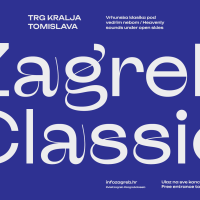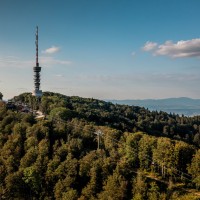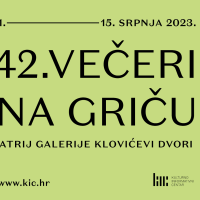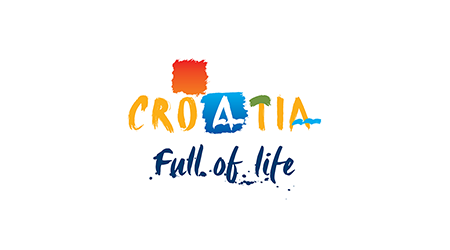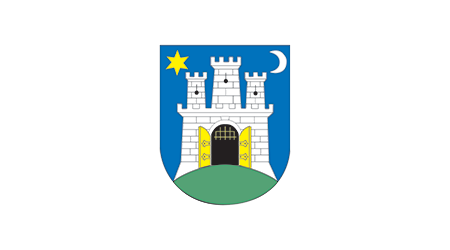Praise the Hand – Lacemaking in Croatia
Zagreb’s Ethnographic Museum is offering a special treat to lacemaking devotees until 4 November; the great exhibition Praise the Hand – Lacemaking in Croatia, which is dedicated to the art that has found its place on UNESCO’s list of intangible heritage.
 The most recent exhibition at Zagreb’s Ethnographic Museum is dedicated to the art and heritage of lacemaking, which have always been inseparable parts of Croatian culture. The exhibition titled Praise the Hand – Lacemaking in Croatia was opened in mid-September and will remain on view until 4 November. An important motif for its staging was the fact that Croatian lacemaking has been inscribed on UNESCO’s list of intangible heritage.
The most recent exhibition at Zagreb’s Ethnographic Museum is dedicated to the art and heritage of lacemaking, which have always been inseparable parts of Croatian culture. The exhibition titled Praise the Hand – Lacemaking in Croatia was opened in mid-September and will remain on view until 4 November. An important motif for its staging was the fact that Croatian lacemaking has been inscribed on UNESCO’s list of intangible heritage.
Lacemaking admirers will have the opportunity to see the most important elements of this intricate art and follow its evolution to this day, learn about European influences on the Croatian lacemaking handicraft, as well as the different types and lacemaking techniques in Croatia.
Besides the most famous lacework of Lepoglava, Hvar and Pag, which have won the Croatian lacemaking handicraft a place on the UNESCO intangible heritage list, the exhibition showcases many other better and less well known types of the lacemaking handicraft which have existed all over Croatia for centuries. In the past, the women who made lace were usually nuns or noble ladies, but over time the skill was transferred to rural communities where it is still fostered. Besides the three main centres of lacemaking – the island of Hvar where lace is made from aloe leaves, Lepoglava where lace is made with bobbins, and the island of Pag where lace is made in the most classical way, using a needle, Croatia boasts some other, less well known lacemaking techniques, including the point de raguse that is typical of the Dubrovnik area, but is also found in Croatian Zagorje and the Podravina region. Lace is also produced using a special weaving technique, known as jalba in the Kupa Valley, whereas classical lace needlework is also popular in Primošten. Another lacemaking technique using bobbins is fostered around Sveta Marija in Međimurje. We should certainly not forget the popular lace products crafted by rural women around Slavonski Brod which is known under the local name Sunny Lace.
An impressive number of lace samples from lavish church attires and historical clothing have been borrowed for this exhibition from various museums around Croatia.
Besides presenting various lacemaking techniques, the exhibition also aims to educate the public about the preservation and revitalisation of this valuable segment of Croatian cultural heritage. To further this goal, the museum has prepared a number of lacemaking workshops, as well as artistic workshops which will draw their inspiration from lace.
Published: 01.10.2012
 Hrvatski
Hrvatski English
English Deutsch
Deutsch Spanish
Spanish French
French Italian
Italian Russian
Russian Korean
Korean Japanese
Japanese Chinese
Chinese The most recent exhibition at Zagreb’s Ethnographic Museum is dedicated to the art and heritage of lacemaking, which have always been inseparable parts of Croatian culture. The exhibition titled Praise the Hand – Lacemaking in Croatia was opened in mid-September and will remain on view until 4 November. An important motif for its staging was the fact that Croatian lacemaking has been inscribed on UNESCO’s list of intangible heritage.
The most recent exhibition at Zagreb’s Ethnographic Museum is dedicated to the art and heritage of lacemaking, which have always been inseparable parts of Croatian culture. The exhibition titled Praise the Hand – Lacemaking in Croatia was opened in mid-September and will remain on view until 4 November. An important motif for its staging was the fact that Croatian lacemaking has been inscribed on UNESCO’s list of intangible heritage.